Tag: mortality

Identification of Subclasses of Sepsis that Showed Different Clinical Outcomes and Responses to Amount of Fluid Resuscitation
Sepsis is a heterogeneous disease and identification of its subclasses may facilitate and optimize clinical management. This study aimed to identify subclasses of sepsis and its responses to different amounts of fluid resuscitation.... read more

Epidemiology of Sepsis and Septic Shock in Critical Care Units
A comparison between sepsis-2 and sepsis-3 populations using a national critical care database. In an ICU database, compared with Sepsis-2, Sepsis-3 identifies a similar sepsis population with 92% overlap and much smaller... read more
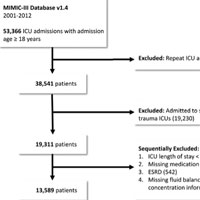
Estimated Effects of Early Diuretic Use in Critical Illness
The main objectives of this study was to estimate the effects of diuretic use during the first 24 hours of an ICU stay on in-hospital mortality and other clinical outcomes including acute kidney injury (AKI) and duration... read more

Department-Based ICU Improves Patient Survival Rates
A new Michigan Medicine study found that implementing a dedicated emergency medicine department-based intensive care unit improved patient survival rates and lowered inpatient intensive care unit (ICU) admissions. In the... read more

Risk Factors Associated with 30-day Mortality for Out-of-Center ECMO Support
Out-of-hospital extracorporeal membrane oxygenation (ECMO) implantation and ECMO transport have become a growing field useful for emergent treatment of heart or lung failure with increasing number of centers launching such... read more
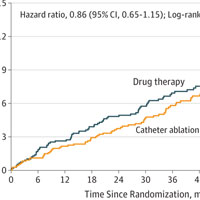
Effect of Catheter Ablation vs Antiarrhythmic Drug Therapy on Mortality, Stroke, Bleeding, and Cardiac Arrest Among Patients With Atrial Fibrillation
The CABANA Randomized Clinical Trial. In this randomized clinical trial involving 2204 patients with atrial fibrillation, catheter ablation, compared with medical therapy, did not significantly reduce the primary composite... read more
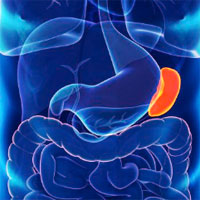
The Spleen: The Forgotten Organ in AKI of Critical Illness
Acute kidney injury (AKI) is an increasing medical burden and is independently associated with mortality. AKI is a common comorbidity in the intensive care unit (ICU), with sepsis-associated AKI seen in almost a quarter of... read more
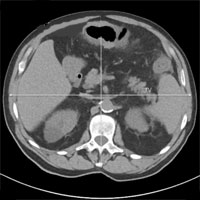
Abdominal Compartment Syndrome
Abdominal compartment syndrome (ACS) is defined by sustained intra-abdominal pressure (IAP) > 20 mm Hg with associated organ injury. The condition was first described in 1863, but not significantly discussed until the 1990s.... read more

Risk of Sepsis and Mortality Among Patients with COPD Treated With Angiotensin-Converting Enzyme Inhibitors or Angiotensin Receptor Blockers
Angiotensin receptor blockers were associated with lower rates of sepsis and mortality than angiotensin-converting enzyme inhibitors in the patients with chronic obstructive pulmonary disease. The similar findings were also... read more

Early Goal-directed Therapy Using a Physiological Holistic View
If peripheral perfusion-targeted resuscitation improves 28-day mortality, this could lead to simplified algorithms, assessing almost in real-time the reperfusion process, and pursuing more physiologically sound objectives.... read more
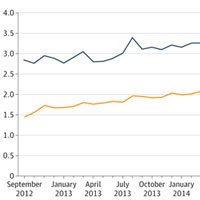
Association of an Emergency Department–Based ICU With Survival and Inpatient ICU Admissions
The purpose of this study is to determine the association of a novel ED-based ICU, the Emergency Critical Care Center (EC3), with 30-day mortality and inpatient ICU admission. In this cohort study of 349,310 patient encounters... read more
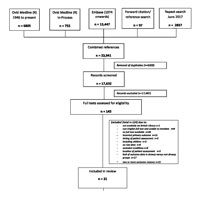
Reduced Level of Arousal on Hospital Admission
Reduced level of arousal on hospital admission may be a strong predictor of in-hospital mortality. Most evidence was of low quality. Reduced level of arousal is highly specific to delirium, better formal detection of hypoactive... read more

Resuscitation Guided by Volume Responsiveness Does Not Reduce Mortality in Sepsis
The results of this systematic review and meta-analysis indicate that a volume responsiveness (VR) guided resuscitation strategy in sepsis patients confers no mortality benefit compared with usual care. The methods of... read more

Predictive Utility of DNI in Patients with MOF After Severe Traumatic Injury
Post-injury multiple organ failure (MOF) is the result of a systemic uncontrolled inflammatory response and it is the one of leading cause of late post-injury mortality. Delta neutrophil index (DNI) may serve useful marker... read more








